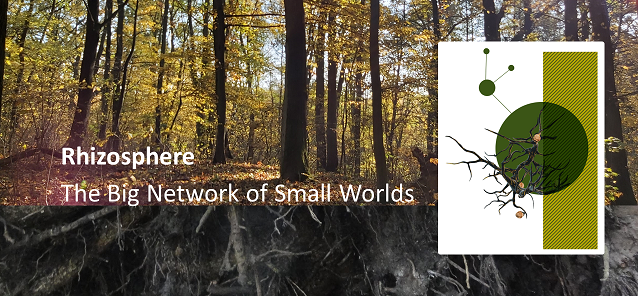
Inspired by plant network strategies, the "Wood Wide Web”, this
interdisciplinary project aims at opening closed academic structures,
increasing communication and exchange of knowledge and experiences in
aid of the pursuit of curiosity, critical thinking and taking
responsibility for our future.
Interdisciplinary workshops, lectures, seminars, symposia and
exhibitions are organised to raise ecological awareness and propose new
cultural and social narratives.
The core of the project is scientific research in the field of natural
sciences. Artistic activities take this further, acting as drivers of
network development in multiple directions and creating collaborative
“rhizomes” between communities. The arts facilitate the communication of
scientific knowledge to social groups ranging from children to adults
and spanning the societal spectrum.
Built on a collaboration between the Studio for Transdisciplinary
Projects and Research at the University of Arts in Poznan and the
Faculty of Biology at Adam Mickiewicz University in Poznan with the
support of Art & Science Node, Rhizosphere is rapidly expanding its
interdisciplinary and international network.
-
The project’s leaders:
Prof. UAP, dr hab Joanna Hoffmann
Piotr Slomczewski (assistant, PhD candidate)
Prof. dr hab Marlena Lembicz
Prof. UAM, dr hab. Władysław Polcyn
More (in Polish)
http://www.transdisciplinary-art.pl/ryzosfera/
More (in English):https://artscience-node.com/rhizosphere-network/
-
About
The structure of the project is modelled on underground
biological root networks , rhizomes, and fungi: the rhizosphere. It is a
place where resources such as water, minerals, and products of
photosynthesis are exchanged and where warning signals against
herbivores, bacteria, and viruses are sent out. These networks, based on
symbiotic associations, diversity, and interdependence, allow plants to
grow, spread, and survive in adverse conditions.
The rhizosphere’s operating system is based on the model of the
network of small worlds. Its effectiveness, measured by its
existence for thousands of years, inspires the search for organizational
solutions and strategies fostering sustainable development and more
efficient distribution of resources, information, and knowledge. It
encourages actions that could open up areas of specialization, combine
experiences of various disciplines (such as the arts, sciences, design,
and engineering) and develop projects in which these disciplines meet.
This holistic approach not only stimulates cognitive
processes but also fosters the development of entrepreneurial, creative,
and critical thinking. Rhizosphere strategies become particularly
important in light of the ongoing sweeping changes currently taking
place in the social, cultural, economic, and environmental spheres: the
crisis of the Anthropocene and the growing responsibility that humans
assume in influencing not only their own future but also the future of
the entire planet. We have visualized the global human network as a
rhizosphere that expands and connects all layers of our reality – a
delicate web of symbiosis, diversity, and interdependence whose growth
and prosperity is influenced by local actions.
Supported by:

